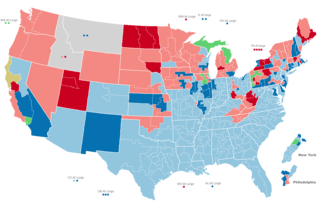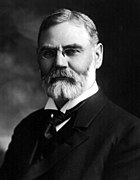
Back Wahlen zum Repräsentantenhaus der Vereinigten Staaten 1912 German Élections américaines de la Chambre des représentants de 1912 French 1912년 미국 하원의원 선거 Korean
| ||||||||||||||||||||||||||||||||||||||||||||||||||||||||||||||||||||||||||||||||||||||||||
All 435 seats in the United States House of Representatives 218 seats needed for a majority | ||||||||||||||||||||||||||||||||||||||||||||||||||||||||||||||||||||||||||||||||||||||||||
|---|---|---|---|---|---|---|---|---|---|---|---|---|---|---|---|---|---|---|---|---|---|---|---|---|---|---|---|---|---|---|---|---|---|---|---|---|---|---|---|---|---|---|---|---|---|---|---|---|---|---|---|---|---|---|---|---|---|---|---|---|---|---|---|---|---|---|---|---|---|---|---|---|---|---|---|---|---|---|---|---|---|---|---|---|---|---|---|---|---|---|
| ||||||||||||||||||||||||||||||||||||||||||||||||||||||||||||||||||||||||||||||||||||||||||
 Results: Democratic hold Democratic gain Republican hold Republican gain Progressive gain Independent gain | ||||||||||||||||||||||||||||||||||||||||||||||||||||||||||||||||||||||||||||||||||||||||||
| ||||||||||||||||||||||||||||||||||||||||||||||||||||||||||||||||||||||||||||||||||||||||||
The 1912 United States House of Representatives elections were elections for the United States House of Representatives to elect members to serve in the 63rd United States Congress. They were held for the most part on November 5, 1912, while Maine and Vermont held theirs in September. They coincided with the election of President Woodrow Wilson.
Wilson's victory was partly due to the division of the opposition Republican Party into conservative and progressive factions. While many progressives stayed within the party framework, they maintained lukewarm relationships with Republican leadership. Others formed a third party known as the Progressives and several switched allegiance to the Democrats. A message of unity was portrayed by the Democrats, allowing this group to present themselves as above the bickering and corruption that had become associated with the Republican internal feud. Many of the new seats that were added after the prior census ended up in Democratic hands. In addition, William Kent, who had been elected to the House as a Republican in 1908, was elected to California's 1st congressional district as an Independent.
This was the first election after the congressional reapportionment based on the 1910 Census. The Apportionment Act of 1911 also guaranteed that Arizona and New Mexico would have one seat each after those states joined the union in early 1912. Under this reapportionment, the number of representatives was increased to 435, where it currently stands (the 435-seat cap was later made permanent after the passage of the Reapportionment Act of 1929, with the exception of 1959 when Alaska and Hawaii were admitted as states).
Cite error: There are <ref group=lower-alpha> tags or {{efn}} templates on this page, but the references will not show without a {{reflist|group=lower-alpha}} template or {{notelist}} template (see the help page).
© MMXXIII Rich X Search. We shall prevail. All rights reserved. Rich X Search

